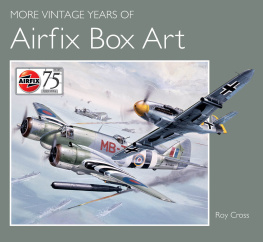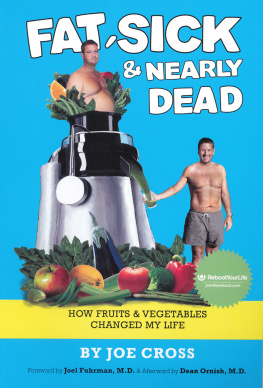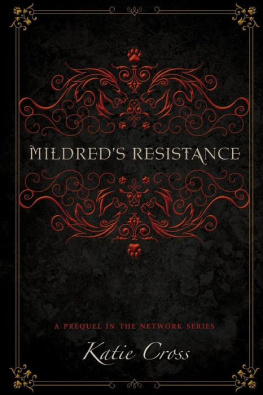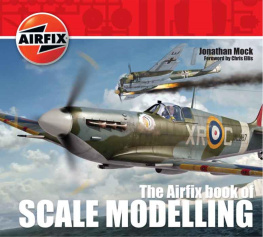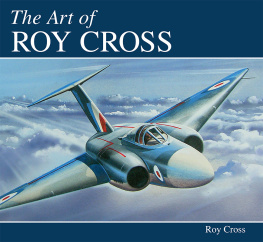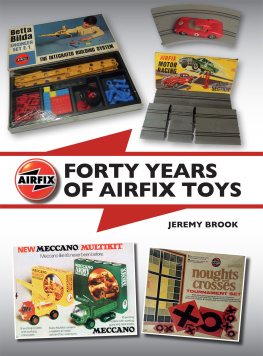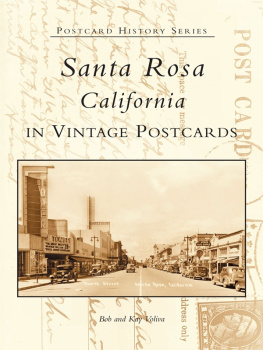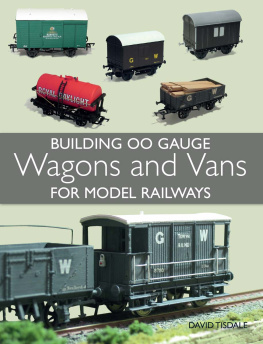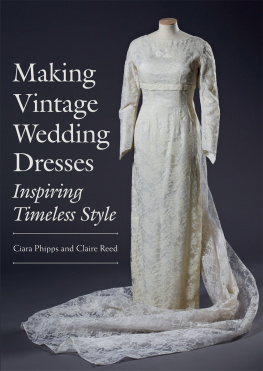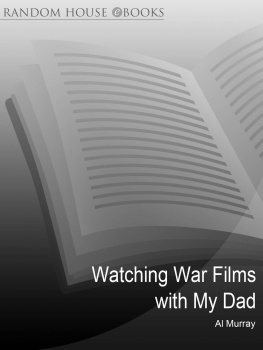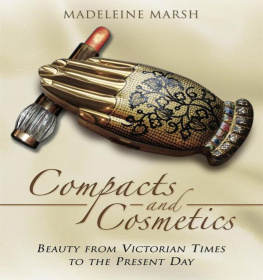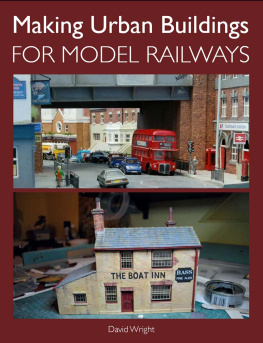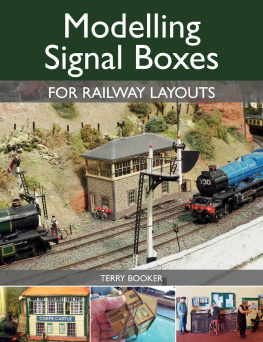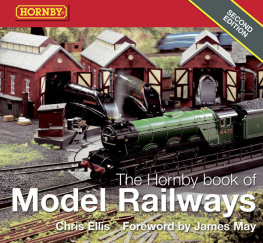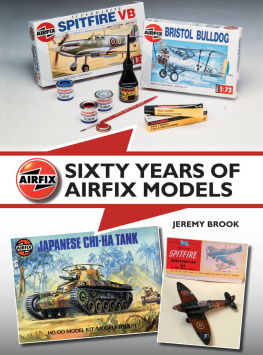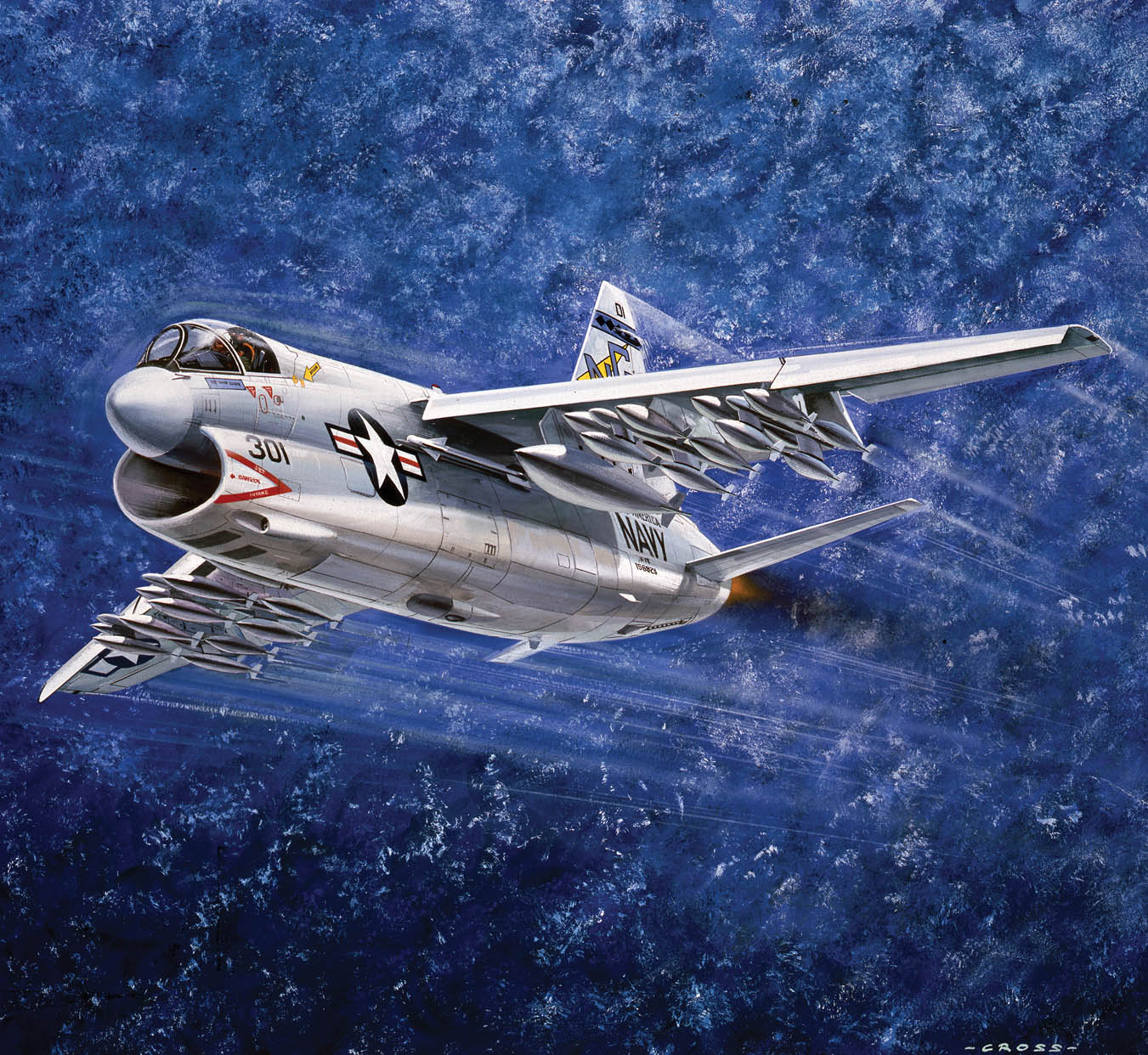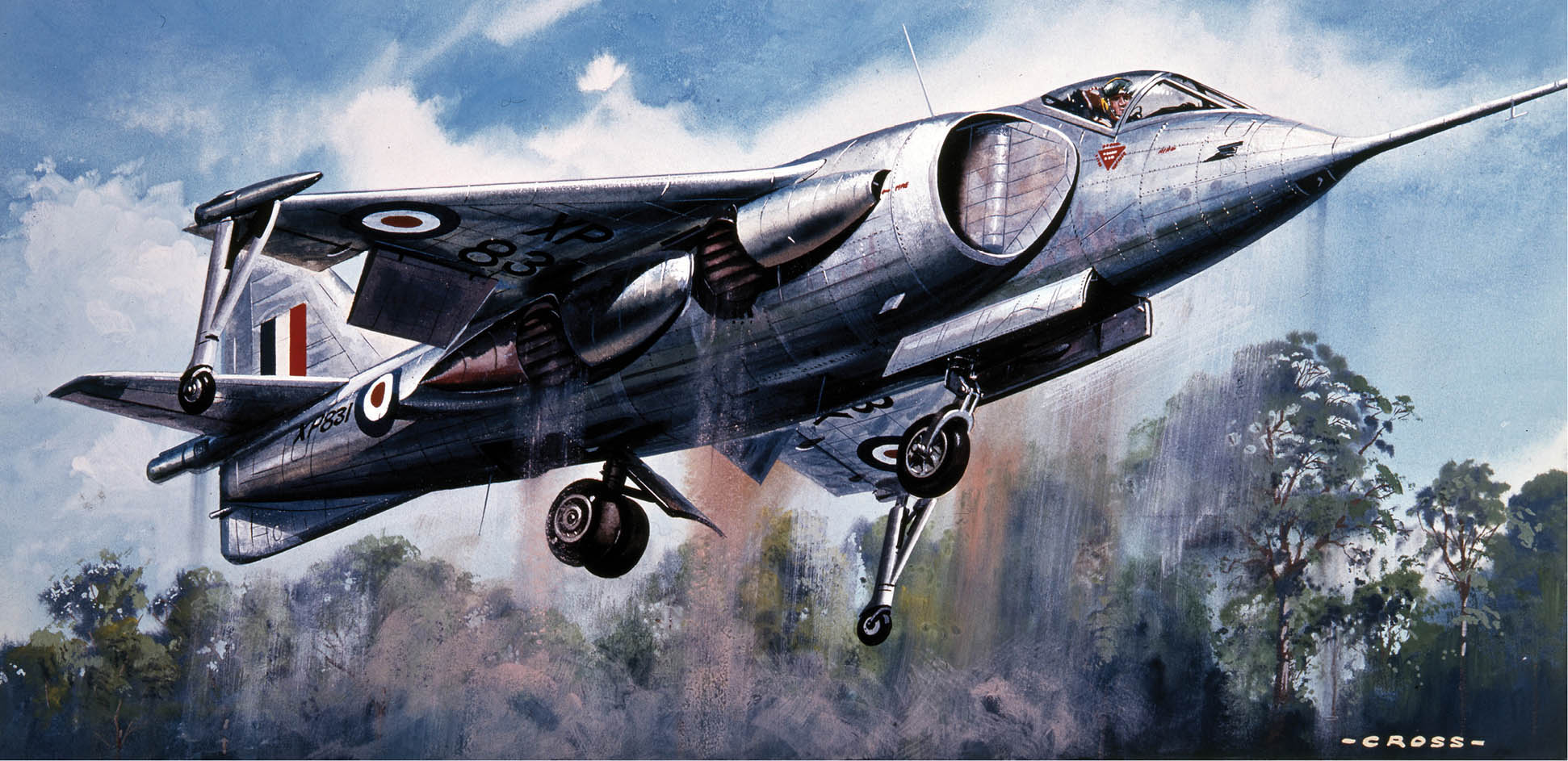MORE VINTAGE YEARS OF 
Airfix Box Art
Roy Cross
MORE VINTAGE YEARS OF 
Airfix Box Art
Roy Cross
Acknowledgements
T HIS BOOK would not have been possible in its present form without the unstinting cooperation of Mr Darrell Burge, Marketing Manager at Hornby Hobbies Ltd. Similarly I am indebted to Jeremy Brook, editor of Constant Scale , journal of the Airfix Collectors Club, who in the course of his research at Hornby/Airfix has located many new transparencies of my artwork that have considerably enhanced the contents herein, and includes a number, especially of vintage cars, that I hadnt even remembered painting! As always my son Anthony and daughter-in-law Lizzy have helped me in preparing the text for the publishers and Ken Smith has proffered a helping hand. I admit to referring frequently to Arthur Wards fine books on Airfix to refresh my memory, and offer him my thanks. Thanks are also due to the staff at Crowood with whom, over several books, it has always been a pleasure to work.
First published in 2014 by
The Crowood Press Ltd
Ramsbury, Marlborough
Wiltshire SN8 2HR
www.crowood.com
This e-book first published in 2014
Roy Cross 2014
All rights reserved. No part of this publication may be reproduced or transmitted in any form or by any means, electronic or mechanical, including photocopy, recording, or any information storage and retrieval system, without permission in writing from the publishers.
British Library Cataloguing-in-Publication Data
A catalogue record for this book is available from the British Library.
ISBN 978 1 84797 821 9
Page 1: Brunels trans-Atlantic steamer, the Great Western .
Page 2: The Vought A-7A Corsair II, a US Navy carrier-based light attack aircraft.
Page 3: The Hawker P.1127, forerunner of the Harrier.
Contents
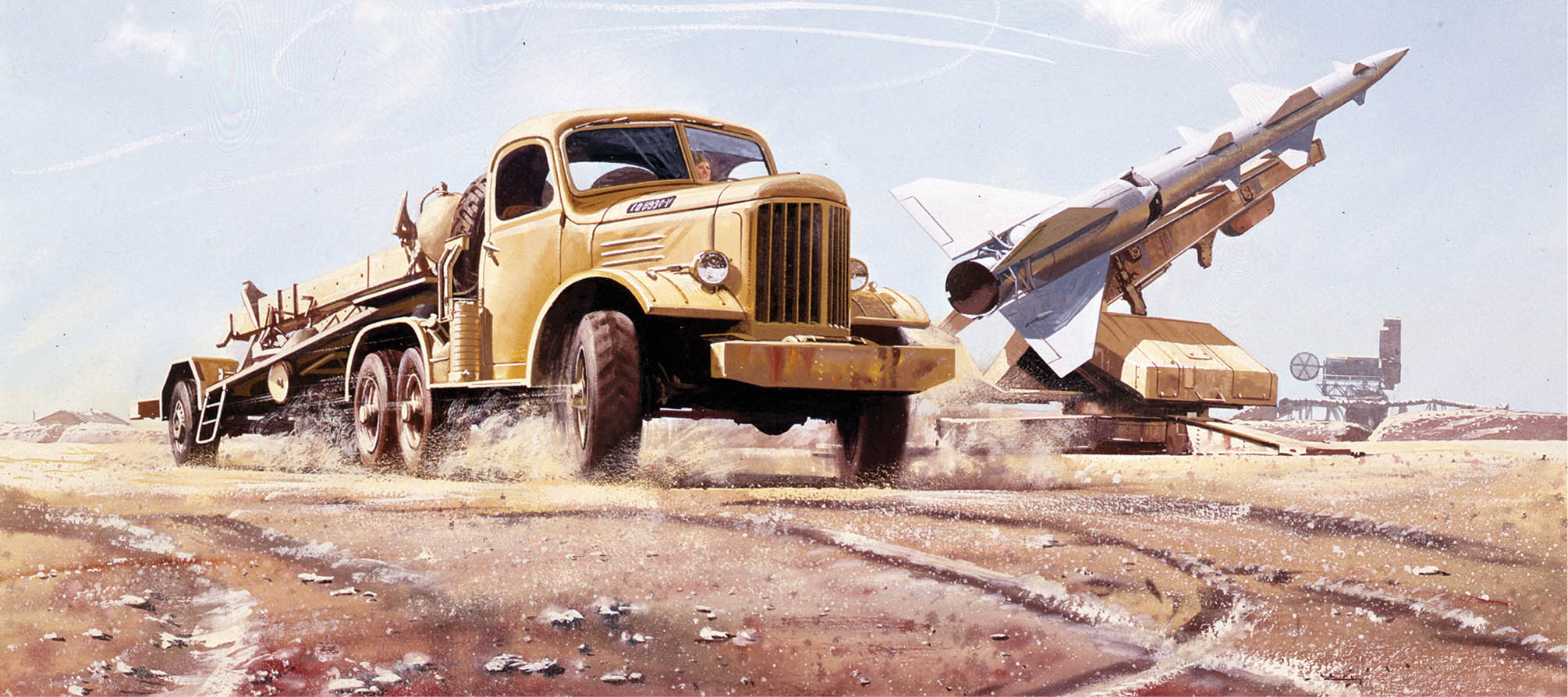
A SAM-2 Guideline missile and its carrier; this was a standard Soviet surface-to-air guided missile, serving from 1957.
Introduction
I N MY previous book, The Vintage Years of Airfix Box Art , I was able to give a comprehensive chronological sequence of the box-top art I painted over some ten years for Airfix Products Limited in the 1960s and 1970s. The books intent was to reproduce the artwork in full, rather than attenuated and disfigured (from the artists point of view) by the necessary titles and logos. I cannot say this drawback worried me when I was originally producing the artwork because all importantly for a freelance illustrator there was a constant supply of work over a long period and with reasonable remuneration! Many people have said then and since that they would like to have enjoyed the complete, unadulterated artwork: this was one of the incentives to produce Vintage Years .
The earlier book was well received, and since much artwork from those years was unused, the thought persisted of producing another volume to complete the job and fill in the numerous gaps between the subjects already covered. Years ago I had trawled through the photo files then held at Airfix subsidiary Humbrol Ltd, I thought at the time comprehensively. But more recent research at Hornby/Airfix by Jeremy Brook, who is their unofficial archivist, uncovered transparencies that I thought had been lost for ever (like the original artwork). Hence this present volume, which I think gives a fresh and even more comprehensive survey of the tremendous and varied output of kits produced by Airfix in its vintage heyday.
I recount elsewhere how I had seen the bagged Airfix plastic kits in Woolworths, had known I could do much better and approached them to offer my talents. The product output in those prolific years posed all sorts of new challenges for the artist illustrator and, as I have already said, I felt I was being well paid to learn as I went along! Of course I had done a good deal of previous colour work for various clients and, rather than repeat too much biographical detail already covered in my previous books from Crowood, the next few pages give pictorial samples of this work, plus a few notes highlighting the background and experience I was able to present to Airfix.
The artwork is presented in roughly the sequence of my invoices as submitted over the years. This provides a great variety of illustrations throughout the book, which I hope will give enhanced interest as the pages are turned hopefully something for everyone.
The first Boulton Paul Defiant kit was issued in 1960; later I did two finished pieces of art in sequence, this I think being the second, the idea being to freshen up the presentation for new potential sales.
Before Airfix

W HEN I approached Airfix in late 1963, I already had some twenty years experience as a freelance illustrator/artist with work reproduced in print. As an Air Cadet in 1942 I sent some of my line drawings of aircraft to the Corps periodical: the editor, Leonard Taylor, asked to see me and show him some more of my work. The upshot was my supplying an increasing number of suitable drawings to illustrate the articles in the Air Reserve Gazette . I was paid 1 per reproduction, a useful sum in those days to augment my weekly salary as a technical illustrator at aircraft manufacturer Fairey Aviation Ltd at Hayes in Middlesex. Before long, I increased my earnings by submitting my own illustrated articles, using information culled from other aircraft manufacturers press releases and from Janes All the Worlds Aircraft . Upon writing as a budding journalist to the firms press officers, I obtained releasable data and photographs to augment my own drawings and typescript. It amazes me that, with the battle of the Atlantic raging, large envelopes with superb 10 8in glossy aircraft photos arrived from the USA to illustrate my writing and later augment the Gazette s files.
My career path seemed to have already decided itself, and after the war I joined a commercial art studio in London to learn my trade including the mysteries of the de Vilbis airbrush while continuing my freelance work. Because of the war, my education had been cut short and I had no formal art training, and day attendance at two prestigious art colleges in the early 1950s soon confirmed that, apart from useful tips about the techniques of the various media, they could not teach me what I wanted to know in the technical and manufacturing fields that were my main interest.
Next page
